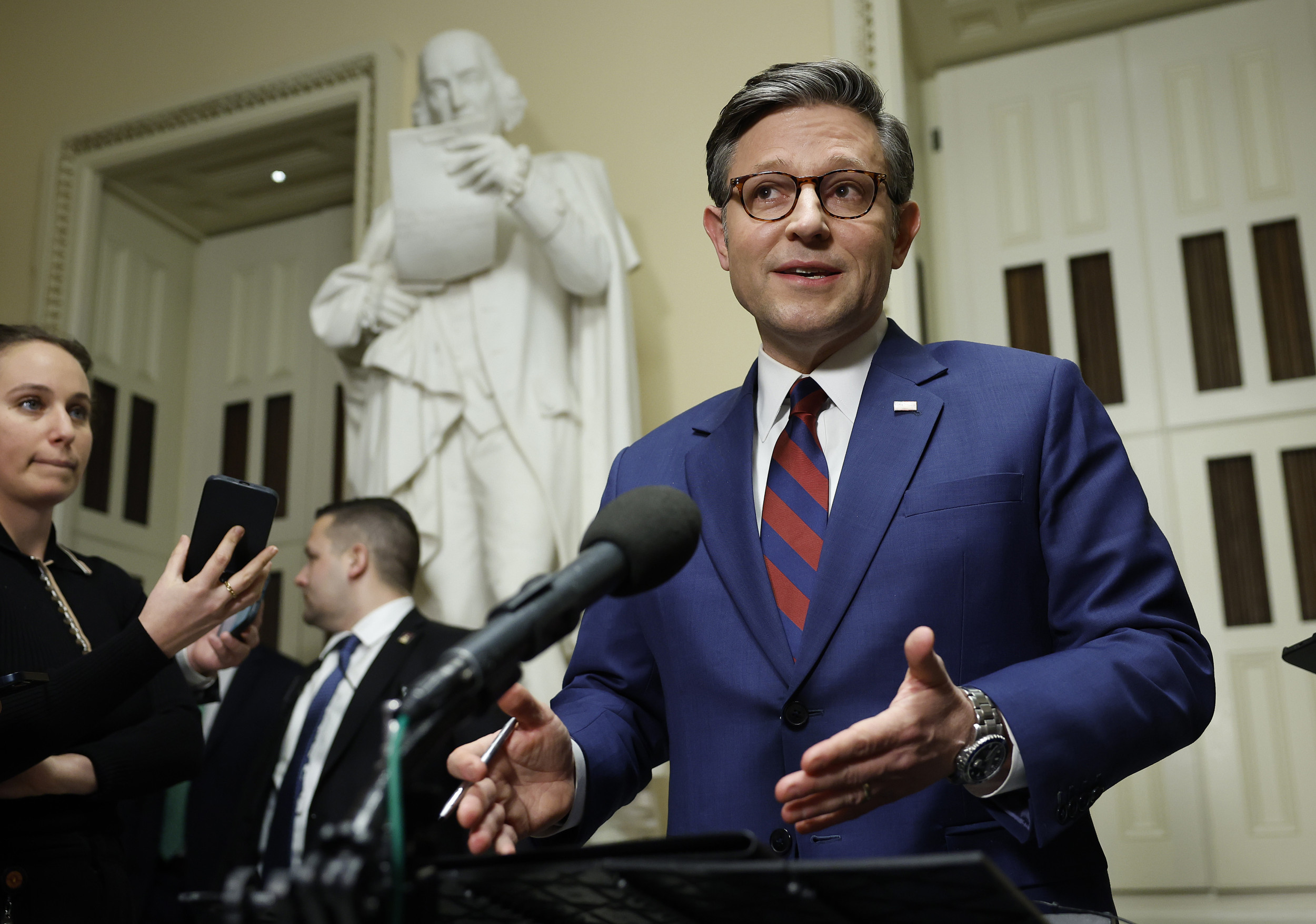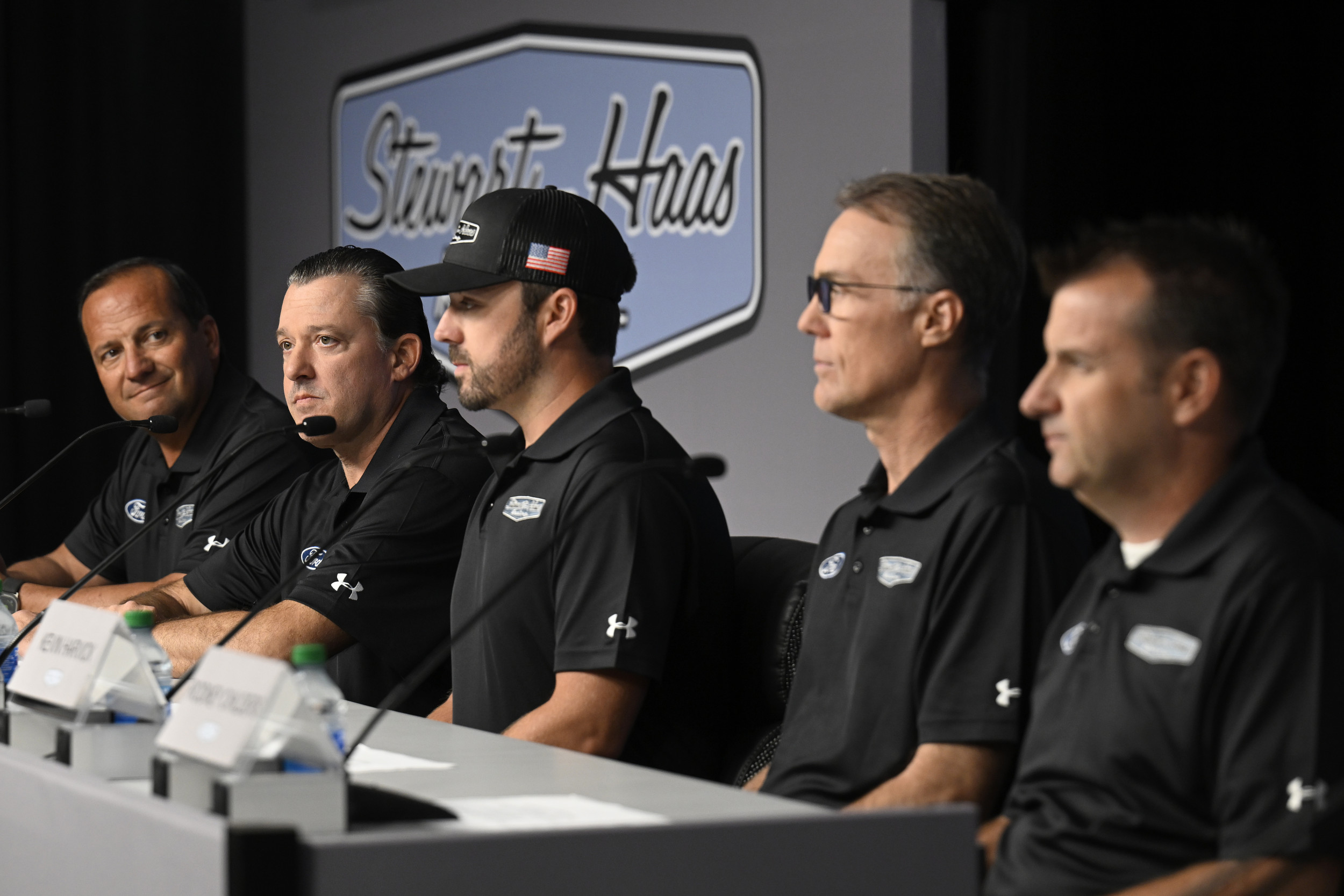Cuba braces for more hardship as Hurricane Rafael is projected to hit the Caribbean country as a major Category 3 storm on Wednesday.
Forecasters warn that Hurricane Rafael could bring "life-threatening" storm surges, winds and flash floods when it is expected to make landfall in western Cuba on Wednesday.
Cuba's Blackouts
Rafael comes as Cubans continue to struggle with blackouts while recovering from Hurricane Oscar, which killed several people after hitting the island last month.
Thousands of people in western Cuba have been evacuated before the storm hits. Classes and public transportation were halted on parts of the island and workers secured buildings and cleaned up garbage along Havana's coastline in preparation for flooding.
"Preparations to protect life and property should be rushed to completion," the National Hurricane Center in Miami warned.

The U.S. Department of State offered departure flights to non-essential staff and American citizens in an advisory for Cuba on Tuesday. The State Department also advised others to "reconsider travel to Cuba due to the potential impact of Tropical Storm Rafael."
The Cuban Civil Defense told people on the island to prepare for Rafael as soon as possible because when the hurricane makes landfall "it's important to stay where you are."
Hurricane Rafael's Path
Hurricane Rafael, which is currently a Category 2 storm, was located about 60 miles east-southeast of the Isle of Youth and about 130 miles south-southeast of Havana on Wednesday, according to the National Hurricane Center in Miami.
The storm had maximum sustained winds of 110 mph and was moving northwest at 14 mph, the center said.
Rafael dumped rain on Jamaica and the Cayman Islands on Tuesday. It knocked out power in parts of Jamaica and caused flooding and landslides. People across the Cayman Islands reportedly lost electricity and its government warned that "rough seas and residual flooding risks may persist."
A hurricane warning was in effect on Wednesday for part of the Cayman Islands and the Cuban provinces of Pinar del Rio, Artemisa, La Habana, Mayabeque, Matanzas and the Isle of Youth.
There was also a tropical storm warning in effect for the Cuban provinces of Villa Clara, Cienfuegos, Sancti Spiritus and Ciego de Avila. The lower and middle Florida Keys from Key West to west of the Channel 5 Bridge and Dry Tortugas also had tropical storm warnings.
The storm is expected by forecasters to later weaken over Cuba before appearing in the southeastern Gulf of Mexico as a hurricane.
Heavy Rainfall
Florida and nearby areas of the southeast U.S. are expected to experience heavy rainfall during the middle to late part of the week. The Hurricane Center said storm surges in the Sunshine State could reach 1 to 3 feet in Dry Tortugas and 1 to 2 feet in the Lower Florida Keys.
Meanwhile, a few tornadoes were expected Wednesday over the Keys and southwestern Florida.
Big Hurricane Season
Hurricane Rafael is the 17th named storm of the season. An average Atlantic hurricane season sees 14 named storms, seven of them hurricanes and three major hurricanes.
The National Oceanic and Atmospheric Administration said that this hurricane season was likely to be well above average, with between 17 and 25 named storms.
Atlantic hurricane season runs from June 1 to November 30.
This article includes reporting from The Associated Press.




















 English (US) ·
English (US) ·